Ten Tips for Upgrading Your Backpacking Skills
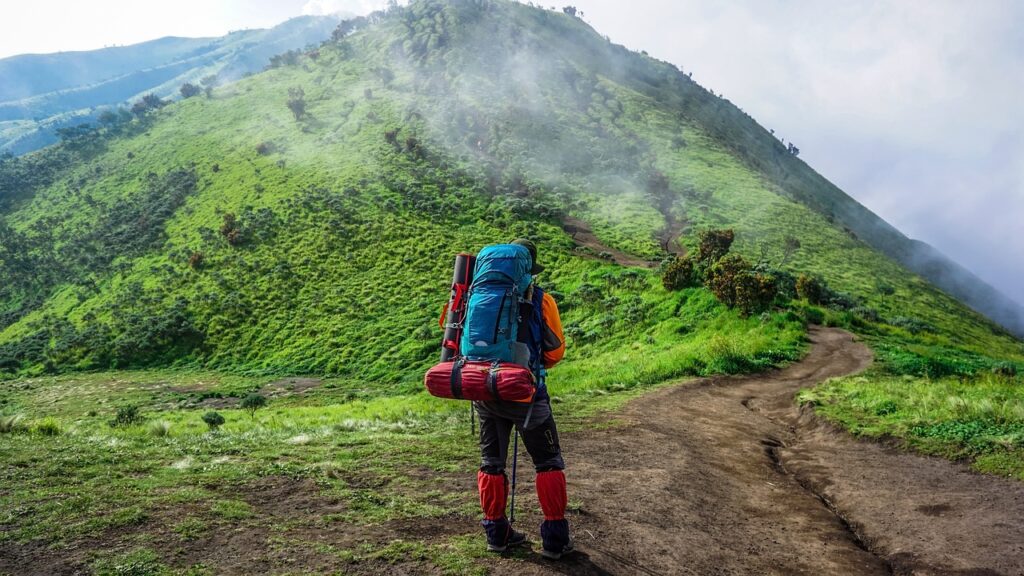
How can you make your next backpacking adventure more enjoyable and less stressful? With these ten backpacking tips, you will be able to do just that! From choosing the right gear to selecting the best backpack compilation, you will be ready to enjoy nature and relax like never before. Let’s get started!
1- First Aid Kit
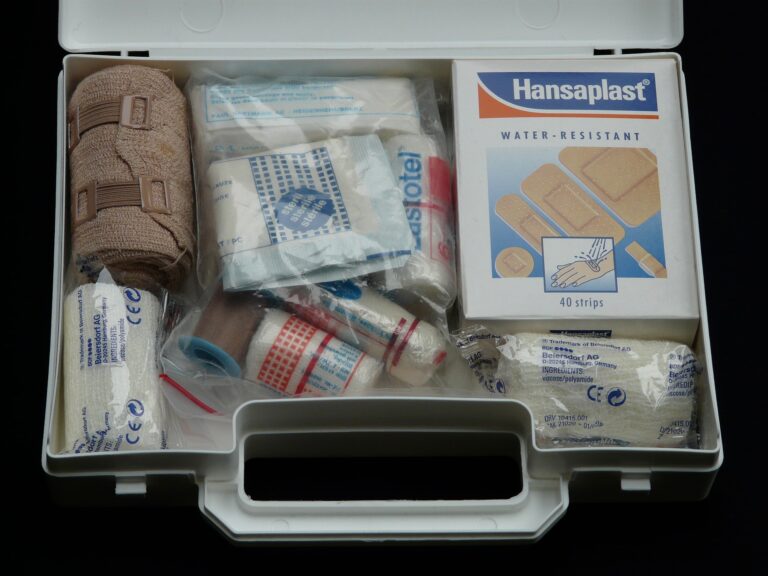
You should always pack a basic first aid kit in your backpack, containing at least the following items : wound dressings, adhesive bandage, disinfectant wipes or ointment, painkillers, and insect repellent. To make sure you are fully prepared with these backpacking skills, read our advice on how to deal with emergencies in wilderness.
2- Ways to Save Money on Gear

Check Amazon, eBay, and Craigslist before you buy gear. These sites are a great place to find used or discontinued items. Buy a used backpack if you can find one. They usually do not wear out like other pieces of backpacking gear might. Ask around on forums and see what your hiking friends are using and what they recommend, this is a great way to get opinions from people who actually use the equipment, rather than simply reading reviews online.
3- Camp Kitchen Essentials
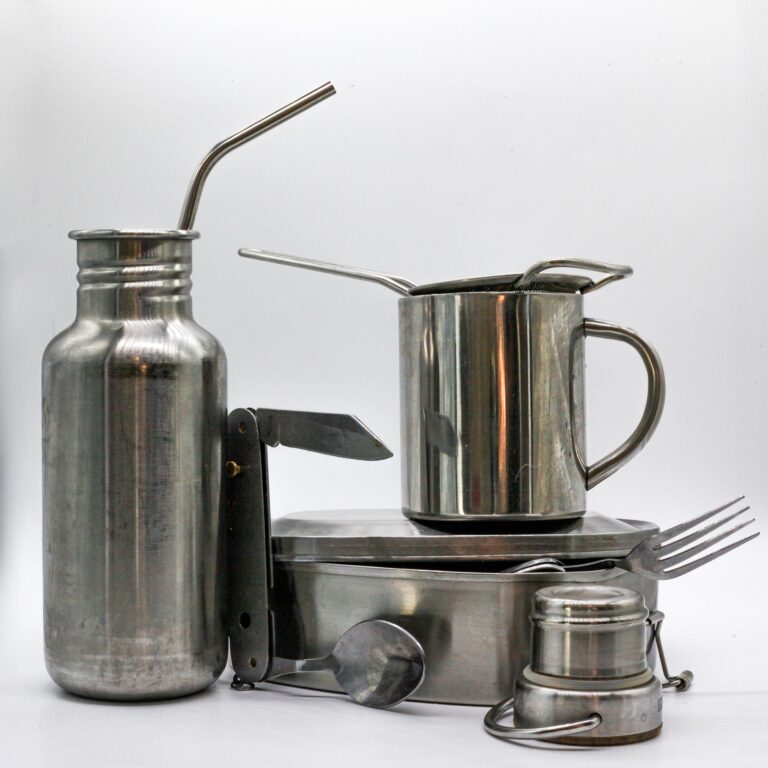
Cooking equipment like a camp stove and mess kit are often the heaviest thing in your pack. You can also use them to boil water and cook food. Bringing extra snacks with you is a good idea, if there are not designated cooking areas where you will be camping.
4- How to Layer Clothing for Backpacking

Hiking and camping trips require you to properly layer your clothing. It is important to know what type of weather conditions you will be dealing with, as it could mean the difference between a comfortable and unenjoyable experience.
5- What to wear on Day Hike

One essential gear is clothing. If you are hiking in cold weather, make sure to layer your clothes and be mindful of what is touching your skin, long sleeves, long pants and a hat can all help protect you from the wind and moisture. In general, lightweight synthetic fabrics are good options since they dry quick. Wool also has excellent insulation properties when layered properly.
6- Dealing with Emergencies in the Wilderness
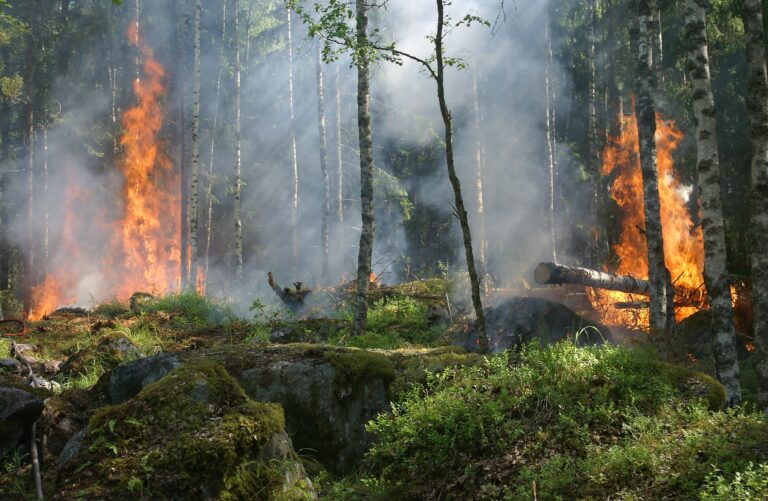
If you do end up in emergency situation, the best thing to do is stay calm and keep yourself warm. One way to do this is to shelter under a tree and hug yourself. If you are injured or unable to move on your own , find someone nearby that can help get you out of there. Remember, forest fires often start because of carelessness with a campfire so try not to make one unless necessary. Staying within the campsite perimeter might help prevent encounters with bears as well, so do not stray too far from camp, unless you have an emergency kit with you or someone has informed you that it is okay to leave.
7- Water Treatment Methods for Backpacking

No matter the destination, hikers and backpackers are advised to bring an ample supply of clean water. There are a number of ways to treat backcountry water before it is safe to drink, though all methods have their trade-offs in convenience and effectiveness.
8- Planning Your Route with Trail Maps and GPS

If you are like me, then you rely on Google Maps or Apple Maps to find the fastest way to your destination. These services take traffic into account, and will offer a route that will get you there in a reasonable amount of time, but that might not always be the best one. One way to avoid this problem is by making sure that when you travel, you have a paper map and possibly a GPS device as well. Both maps and GPS devices come with certain pitfalls that I have learned from experience.
9- Climbing Knots
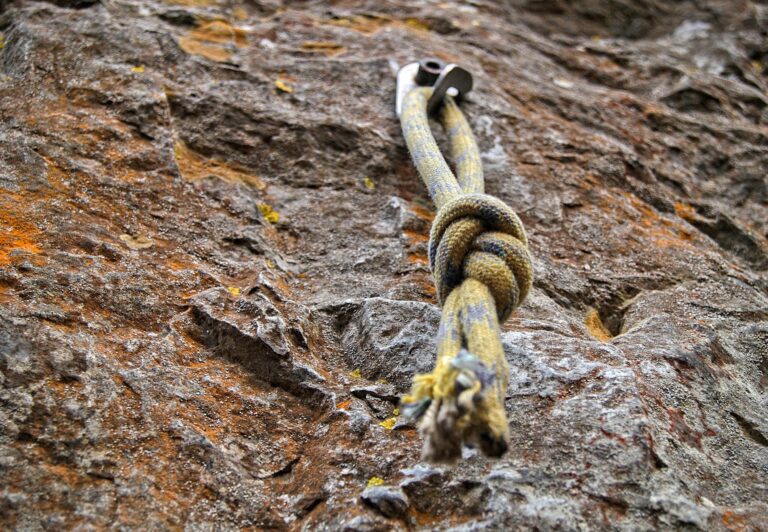
Mountain climbers often use a knot called a trucker’s hitch to tether themselves to their climbing rope. With this knot, you tie a loop in the end of your rope, then wrap the free ends around the object that you want to tie the line onto (in this case, a tree). Next, run your climbing rope through the hole in one end of the hitch, and up through the other hole. Pull on both ropes tightly until it grips tightly against what you’re tying it onto.
10-Leaving No Trace Principles
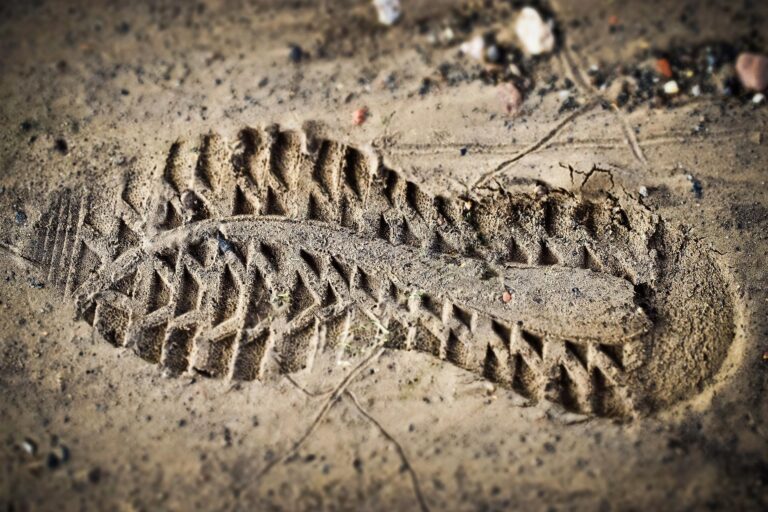
Leaving No Trace can seem like a daunting idea, but if you follow these principles while on the trail, your enjoyment of the outdoors will be improved and nature will be preserved. The first principle is to not even think about bringing any piece of garbage with you. This includes food wrappers, cigarette butts and packaging from any item that was purchased outside. Second, make sure that everything that you bring into the woods is utilized.
We hope these backpacking tips help you in your next trip, in addition to these tips, read more about Backpacking Skills and the best gear in Hiking Equipment , Camping Equipment and Skills.
